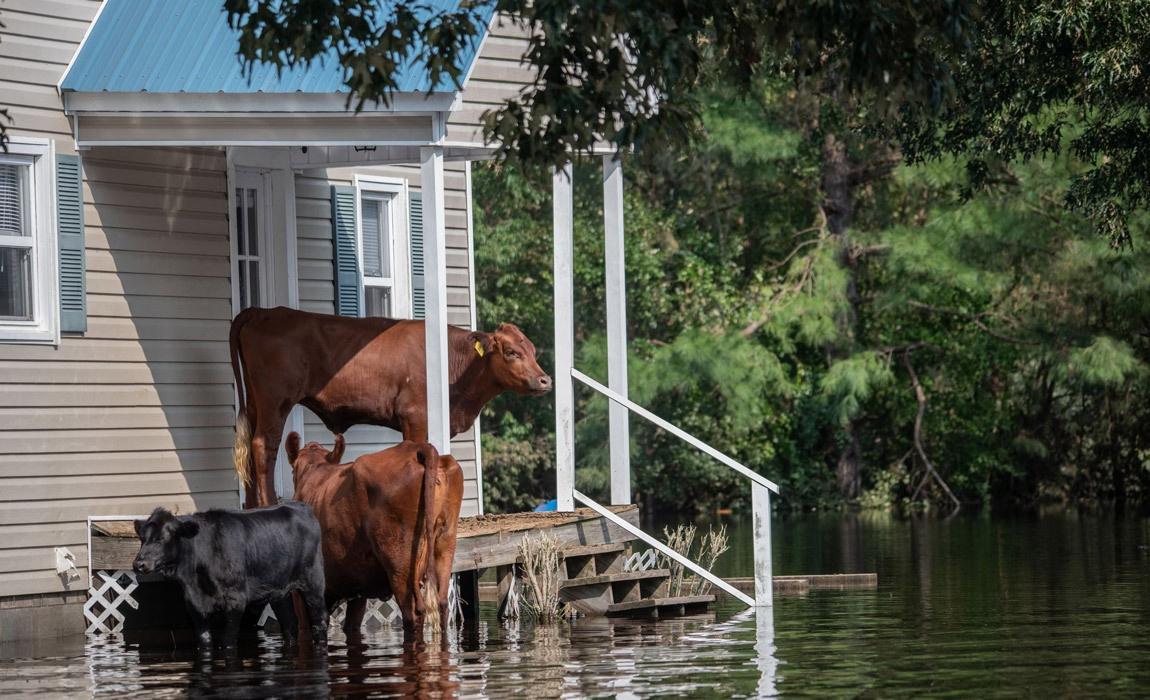Living in a home that is at risk of flooding can be nerve-wracking. You never know when the next big storm will hit and cause major damage to your property. Even worse, sometimes the actual storm may be miles away and still cause your property significant damage. If you have a home that is susceptible to flooding, it is important to prepare for the worst-case scenario. In this blog post, we will discuss some things you can do to safeguard your property and minimize the damage if a flood does occur.
Making sure your home is protected from disaster is one of the most important things you can do in life. Your home is your family’s shelter, and even if you can’t keep it safe from everything, you need to make sure you’re protected financially and that you have a plan for recovery.
One of the consequences of global climate change is the increased frequency and severity of natural disasters around the world. Parts of the globe that were once relatively safe are now at risk for events like wildfires and flooding. As growing numbers of communities become affected by extreme weather, now may be the time for you to come up with a flooding recovery plan.
Check Local Flood Maps
Not sure whether you should be worried about flooding or not? Up-to-date flood plain maps for your area should show present and future flood zones. Your home doesn’t have to be located next to a major river to be a flood risk. Buried creeks and urban lowlands can also cause flooding problems and significant damage to homes in localized areas.
Know What To Do If A Flood Occurs
If you live in an area that is prone to flooding, it is important to know what to do if a flood does occur. The first step is always to evacuate immediately if told to do so by local authorities. If you have time, try to turn off the power and gas before you leave. Once you are out of the house, stay away until authorities say it is safe to return. Do not attempt to drive through flooded areas - this can be extremely dangerous and often leads to fatalities.
Once the waters have receded, assess the damage to your home. If possible, take pictures or video of the damage for insurance purposes. Only enter your home when it is safe to do so and never go alone - there may be structural damage and other dangers such as live electrical wires or even frightened animals.
Have A Plan In Place For Evacuating Your Home And For What To Do Afterwards
If you live in an area that is at risk of flooding, it is important to have a plan in place for what to do if a flood does occur. This includes having an evacuation route planned out and knowing where you will go if you need to leave your home. It is also important to have a plan for what you will do once the waters have receded. This may include taking pictures or video of the damage, contacting your insurance company, and so on.
Additionally, your evacuation plan should include basic elements such as knowing what items to take with you when an emergency happens. While some disasters such as hurricanes are easy to predict, others - such as flash floods or levy breaks can be more sudden.
Planning a Flooding Insurance Claim
You can’t stop a flood from affecting your home, but you can prepare for what you’ll do if and when your home is affected by flooding. These steps can make the task of filing an insurance claim much easier:
- Have an up-to-date home inventory ready, with all of your personal belongings listed, including their purchase price and origin
- For major claims, consider hiring a house flood insurance lawyer, who can guide you through the claims process and avoid critical mistakes
- Create a budget for living costs if you cannot stay in your home. Your insurance should cover these costs, but only up to a limit
Checking Your Home Insurance
In addition to a plan, you should also find out whether your home is in fact protected from overland flooding. Flood insurance is often not included as part of a standard home insurance policy. Overland flooding is also not the same as water damage, which is the result of leaks and burst pipes. Double check your policy to make sure you have appropriate flood insurance.
Depending on where you live, flooding insurance may be hard or even impossible to find. While in the U.S., you can get covered through the National Flood Insurance Program operated by FEMA, there is no national policy in Canada, and 10 percent of houses are uninsurable because of high flooding risks.
If you cannot get flood insurance for your home, take that into account when you are budgeting for an emergency fund. While government support may be able available in the case of a disaster, you could wind up facing much higher personal costs.
Find out if your home is at risk and take the necessary precautions to protect yourself financially. Double check your insurance, create a plan for making a claim and prepare your emergency fund.

